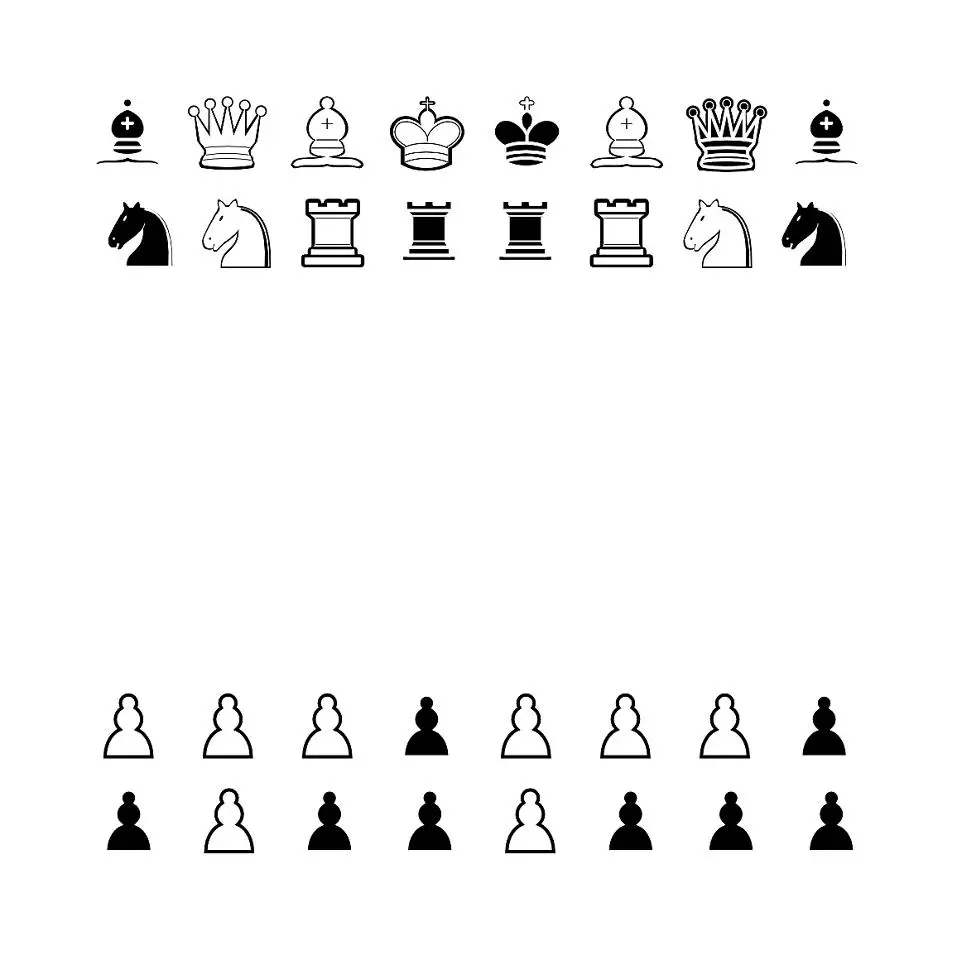
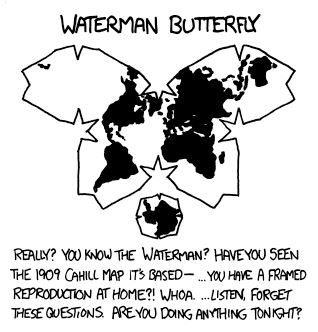
many (all?) kurds would disagree with that classification


many (all?) kurds would disagree with that classification


compasses point south too
can you, as a perception exercise, try to see some of the other missing territories and list them in a reply?


when?
in the summer or winter?
The hammer and sickle is a communist symbol representing proletarian solidarity between agricultural and industrial workers. It was first adopted during the Russian Revolution at the end of World War I, the hammer representing workers and the sickle representing the peasants.
https://en.wikipedia.org/wiki/Hammer_and_sickle
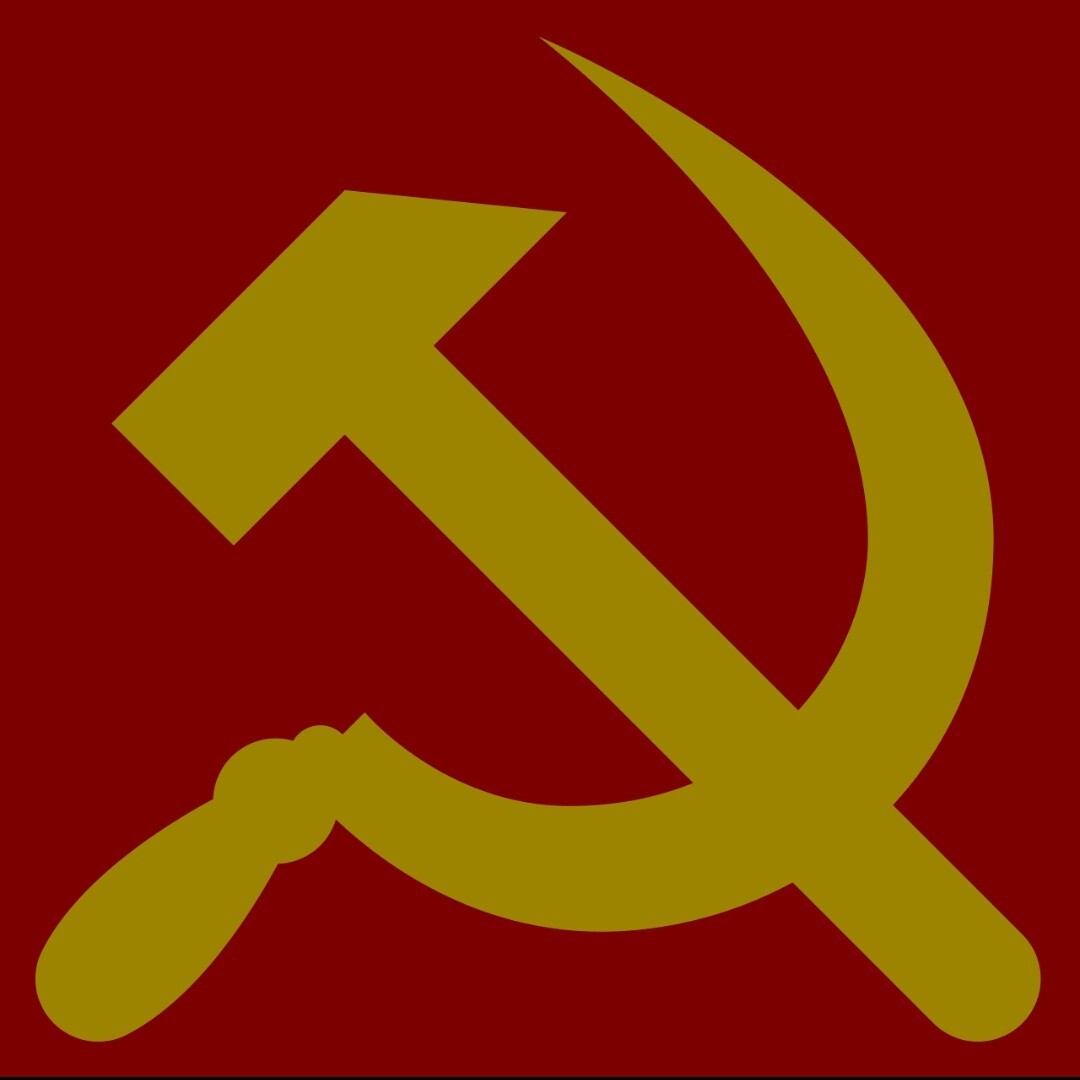
Russian flag ☞
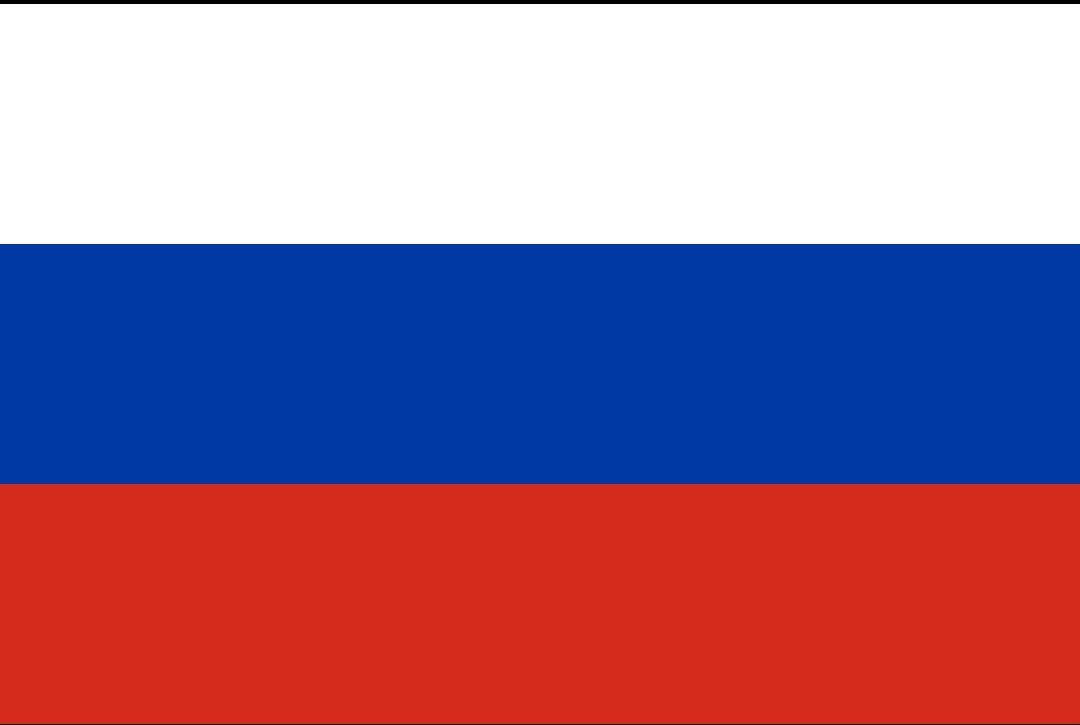


New Mexico’s history has contributed to its unique demographic and cultural character. It is one of only seven majority-minority states, with the nation’s highest percentage of Hispanic and Latino Americans and the second-highest percentage of Native Americans, after Alaska. The state is home to one–third of the Navajo Nation, 19 federally recognized Pueblo communities, and three federally recognized Apache tribes. Its large Hispanic population includes Hispanos descended from settlers during the Spanish era, and later groups of Mexican Americans since the 19th century.
In the United States of America, majority-minority area or minority-majority area is a term describing a U.S. state or jurisdiction whose population is composed of less than 50% non-Hispanic whites. It is defined as a population with a collective majority of nationwide minorities, meaning a grouping of racial and ethnic groups (other than the national majority) that composes over 50% of the territorial population, regardless if one of those minority groups already attains a majority on its own. No single minority is yet the majority in any state, with the closest to that end being Hispanics in New Mexico (49% of the total population as of the 2020 census).
A little over 9% of New Mexican residents are foreign-born, and an additional 6.0% of U.S.-born residents live with at least one immigrant parent. The proportion of foreign-born residents is below the national average of 13.7%, and New Mexico was the only state to see a decline in its immigrant population between 2012 and 2022.
In 2018, the top countries of origin for New Mexico’s immigrants were Mexico, the Philippines, India, Germany and Cuba. As of 2021, the vast majority of immigrants in the state came from Mexico (67.6%), followed by the Philippines (3.1%) and Germany (2.4%).
shouldn’t it rather be the Philippines flag there?


days of the week in Azerbaijani 😯 https://en.m.wiktionary.org/wiki/şənbə#
only 3 days count: rest - market - gathering. The rest is before or after


it’s strange to see that, Cornwall means horn of the foreigners or Britons and that the Britons were considered as foreigners on their ancestral lands 🤷
The names “Wales” and “Welsh” are modern descendants of the Anglo-Saxon word wealh, a descendant of the Proto-Germanic word walhaz, which was derived from the name of the Gaulish people known to the Romans as Volcae and which came to refer indiscriminately to inhabitants of the Roman Empire. The Old English-speaking Anglo-Saxons came to use the term to refer to the Britons in particular. As the Britons’ territories shrank, the term came ultimately to be applied to a smaller group of people, and the plural form of Wealh, Wēalas, evolved into the name for the territory that best maintained cultural continuity with pre-Anglo-Saxon Britain: Wales.


reference for the uninitiated like me ☞ https://en.wikipedia.org/wiki/Counties_of_England
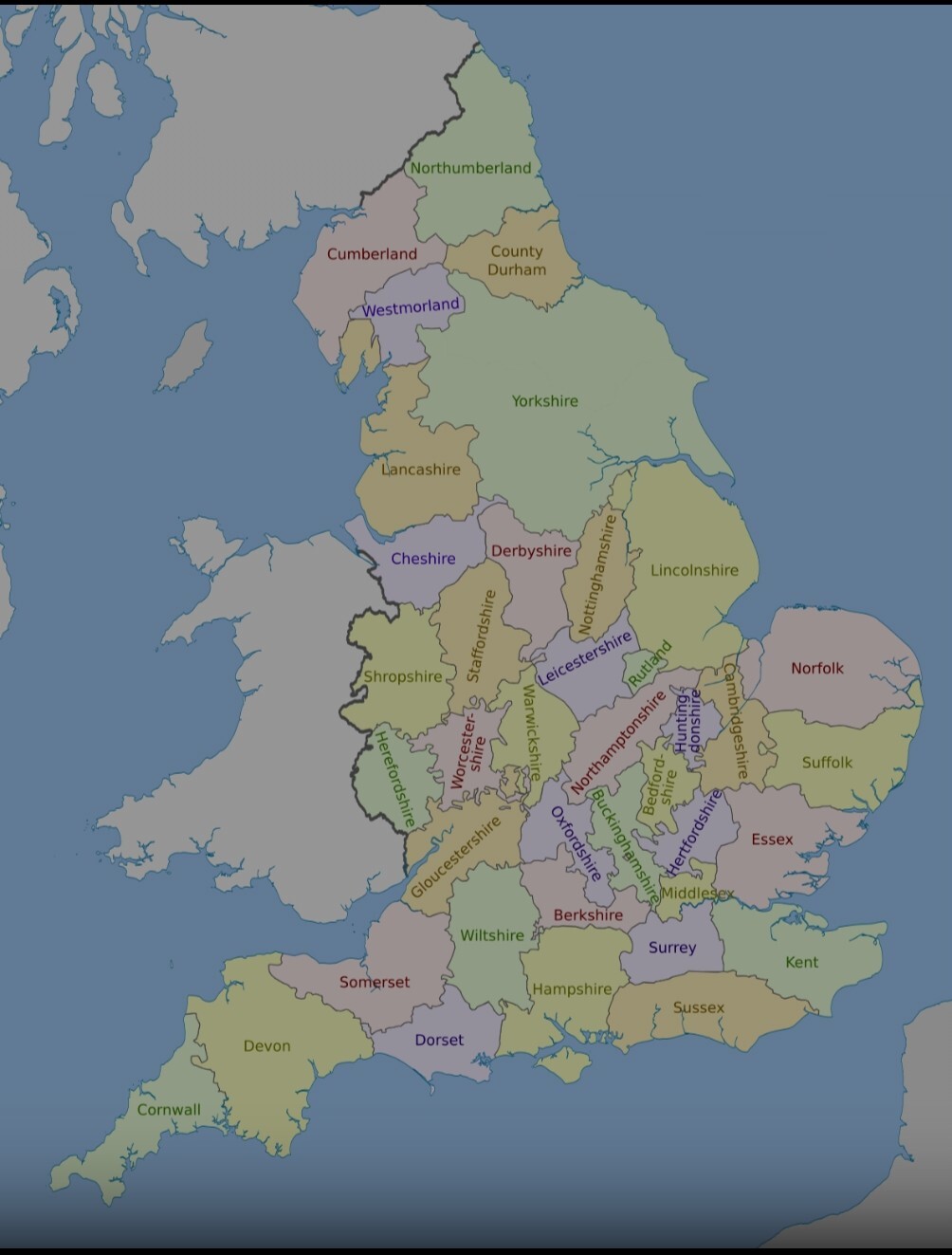


It is quite funny to see the US and the Americas generally kinda cast to the side in this map.
both are “generally” cast to the side. London is primal


could have done better with islands :/
they could have been placed in blue lines by making them a little larger


that’s a common practice in most of the coastal megapolises
you can find a long list on https://en.wikipedia.org/wiki/Land_reclamation


source is already there under the map, down and left, look closer


they are considered to be the lungs of Paris.
The Bois de Vincennes, located on the eastern edge of Paris, France, is the largest public park in the city. It was created between 1855 and 1866 by Emperor Napoleon III.
The park is next to the Château de Vincennes, a former residence of the Kings of France.
The Bois de Boulogne is a large public park that is the western half of the 16th arrondissement of Paris, near the suburb of Boulogne-Billancourt and Neuilly-sur-Seine. The land was ceded to the city of Paris by the Emperor Napoleon III to be turned into a public park in 1852.
The Bois de Boulogne is a remnant of the ancient oak forest of Rouvray, which included the present-day forests of Montmorency, Saint-Germain-en-Laye, Chaville, and Meudon. Dagobert I hunted bears, deer, and other game in the forest. His grandson, Childeric II, gave the forest to the monks of the Abbey of Saint-Denis, who founded several monastic communities there. Philip Augustus (1180–1223) bought back the main part of the forest from the monks to create a royal hunting reserve. In 1256, Isabelle de France, sister of Saint-Louis, founded the Abbey of Longchamp at the site of the present hippodrome.
☞ Paris doesn’t respect it’s official boundaries anyway. Neighboring cities are swallowed by it’s metropolitan shadow


source is not the source
Based on a soil assessment set given by the Muencheberg Soil Quality Rating (SQR) system potentially “marginal” sites have been investigated. The SQR system allows for clearly distinguishing between soils of higher and lower quality.


til:
Mauritania is culturally and politically part of the Arab world; it is a member of the Arab League and Arabic is the official language. The official religion is Islam, and almost all inhabitants are Sunni Muslims. Despite its prevailing Arab identity, Mauritanian society is multiethnic; the Bidhan, or so-called “white moors”, make up 30% of the population, while the Haratin, or so-called “black moors”, comprise 40%. Both groups reflect a fusion of Arab-Berber ethnicity, language, and culture. The remaining 30% of the population comprises various sub-Saharan ethnic groups.


as long as frexit or itexit stays a fantasy, it doesn’t matter


🤣
😭


said 5167(?) is mount Ararat and it’s clearly not in Europe
but!
when the Europe/Asia separation is based on identity politics… (cough: religion) and Georgia, Armenia or Cyprus is included in Europe but not Turkey, there’s no need to argue 🤷
Ararat’s Armenian history shouldn’t be ignored either
with the classification “peoples”, not the language
me, i don’t care.